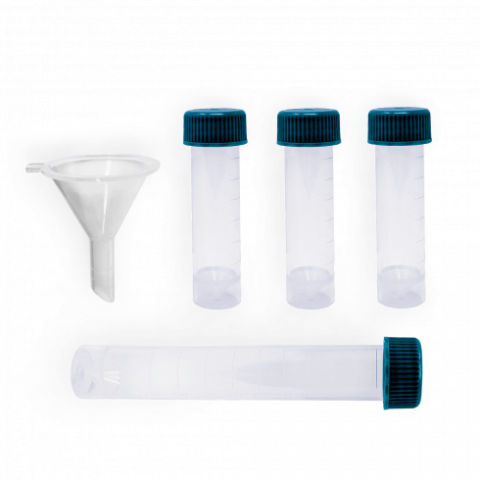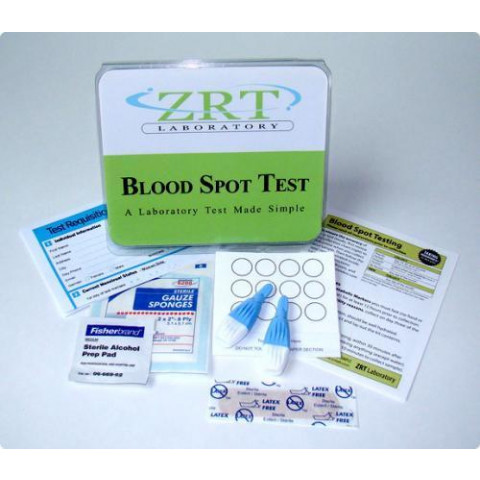 All Tests Below Are Included In This VIP Panel
All Tests Below Are Included In This VIP Panel
The Comprehensive Metabolic Panel includes the following tests:
Glucose – the primary energy source for the body’s cells; a steady supply must be available for use, and a relatively stable level of glucose must be maintained in the blood.
Calcium – one of the most important minerals in the body; it is essential for the proper functioning of muscles, nerves, and the heart and is required in blood clotting and in the formation of bones.
Proteins
Albumin – a small protein made by the liver; it makes up about 60% of the total protein in the blood.
Total Protein – measures albumin as well as all other proteins in blood; proteins are important building blocks of all cells and tissues and are essential for body growth, development, and health.
Electrolytes—these are minerals found in body tissues and blood in the form of dissolved salts. Electrolytes help move nutrients into the body’s cells and help remove wastes out of the cells. They help maintain a healthy water balance and help stabilize the body’s acid-base (pH) level. The following 4 tests are commonly called electrolytes:
Sodium – vital to normal body function, including nerve and muscle function
Potassium – vital to cell metabolism and muscle function, helping to transmit messages between nerves and muscles
Bicarbonate (Total CO2) – helps to maintain the body’s acid-base balance (pH)
Chloride – helps to regulate the amount of fluid in the body and maintain the acid-base balance
Kidney Tests
Blood urea nitrogen (BUN) – waste product filtered out of the blood by the kidneys; as kidney function decreases, the BUN level rises.
Creatinine – waste product produced in the muscles; it is filtered out of the blood by the kidneys so blood levels are a good indication of how well the kidneys are working.
Liver Tests
Alkaline phosphatase (ALP) – enzyme found in bone, the liver, and other tissues; elevated levels of ALP in the blood are most commonly caused by liver disease or bone disorders.
Alanine amino transferase (ALT, SGPT) – enzyme found mostly in the cells of the liver and kidney; a useful test for detecting liver damage
Aspartate amino transferase (AST, SGOT) – enzyme found especially in cells in the heart and liver; also a useful test for detecting liver damage
Bilirubin – an orange-yellow pigment, a waste product primarily produced by the normal breakdown of heme; heme is a component of hemoglobin, which is found in red blood cells (RBCs). Bilirubin is ultimately processed by the liver so that it can be removed from the body.
CBC with Differential Includes:
White blood cell count (WBC or Leukocyte count)
WBC differential count- neutrophils, lymphocytes, basophils, eosinophils, and monocytes.
Red blood cell count (RBC or erythrocyte count)
Hematocrit (Hct) & Hemoglobin (Hbg)
Mean corpuscular volume (MCV)
Mean corpuscular hemoglobin (MCH)
Mean corpuscular hemoglobin concentration (MCHC)
Red cell distribution width (RDW)
Platelet count
Mean platelet volume (MPV)
Lipid Panel Includes:
Total Cholesterol
HDL
LDL
Ratio HDL/Total





